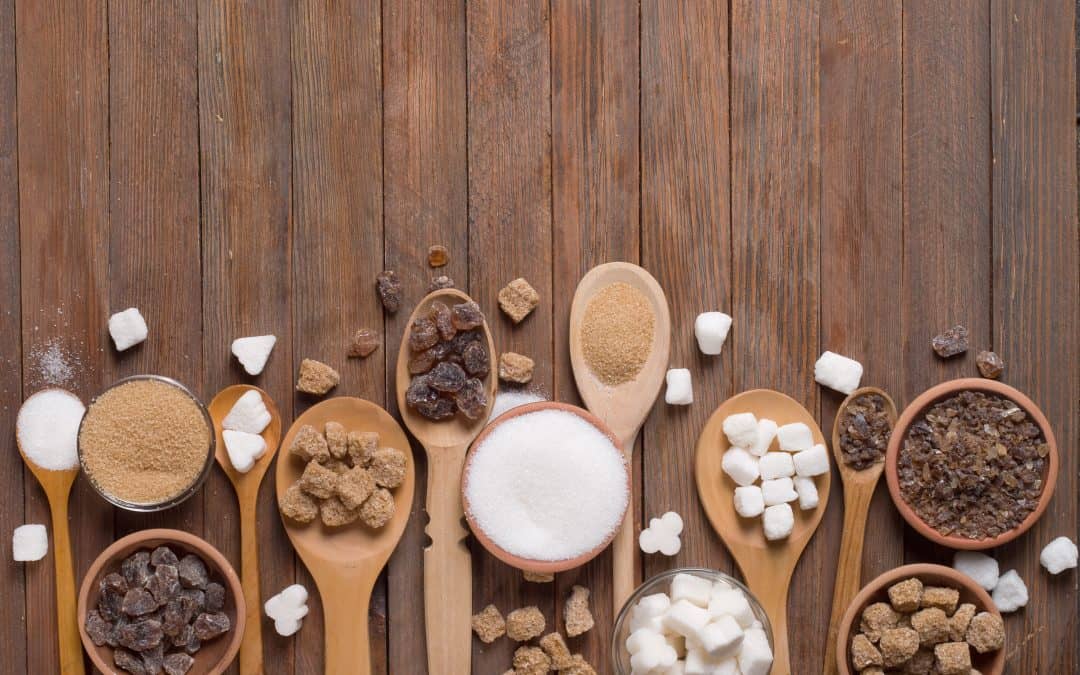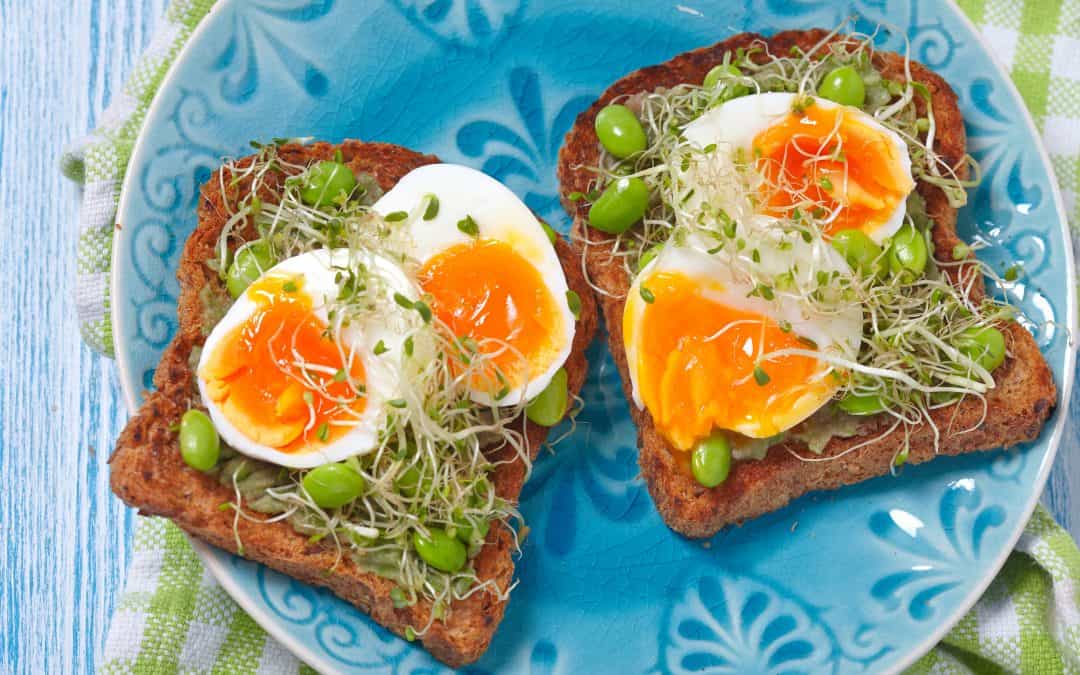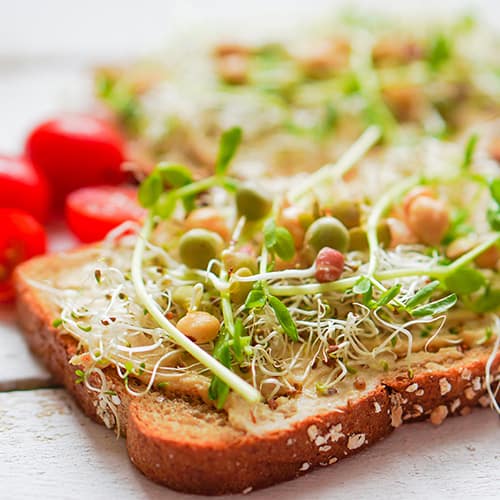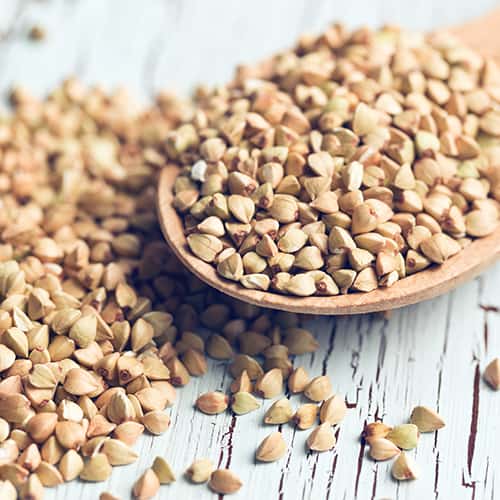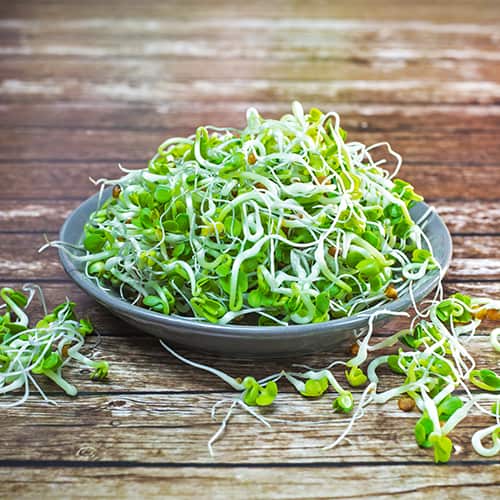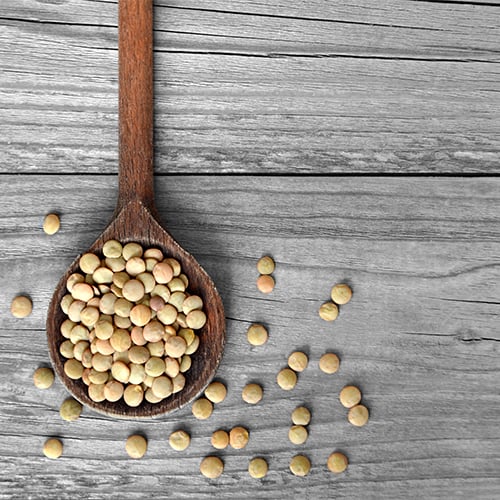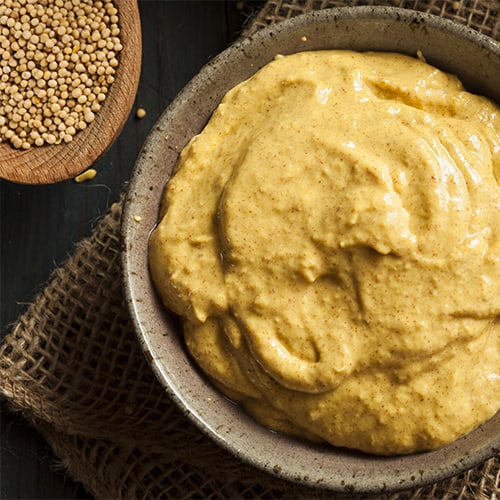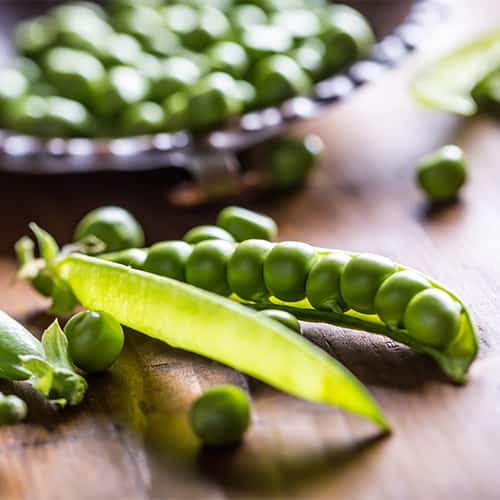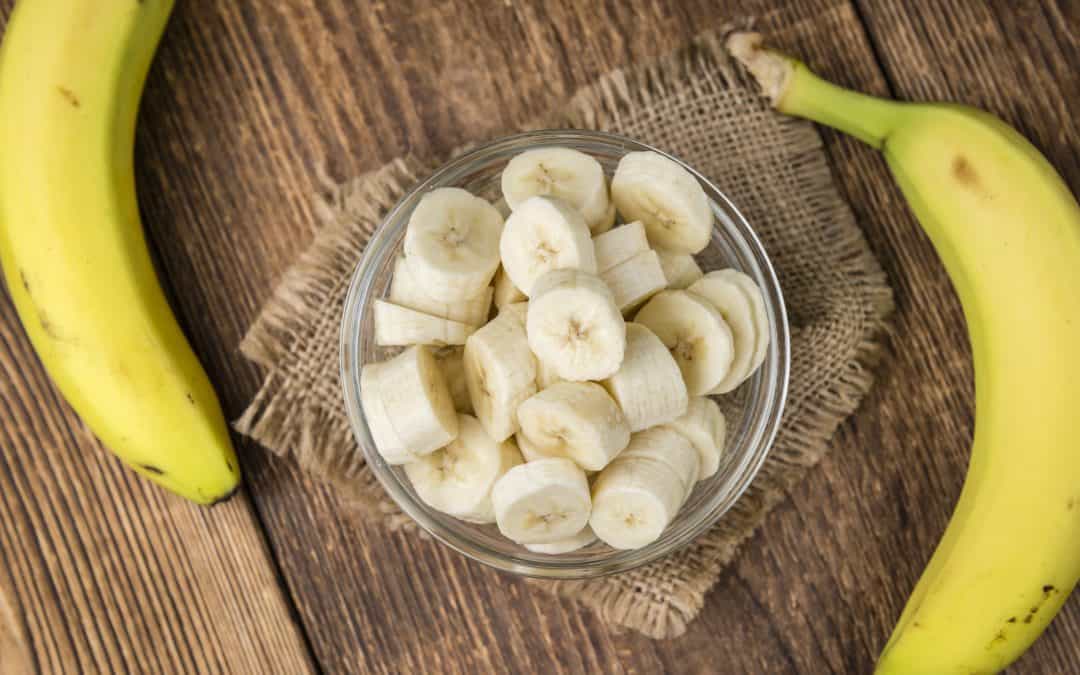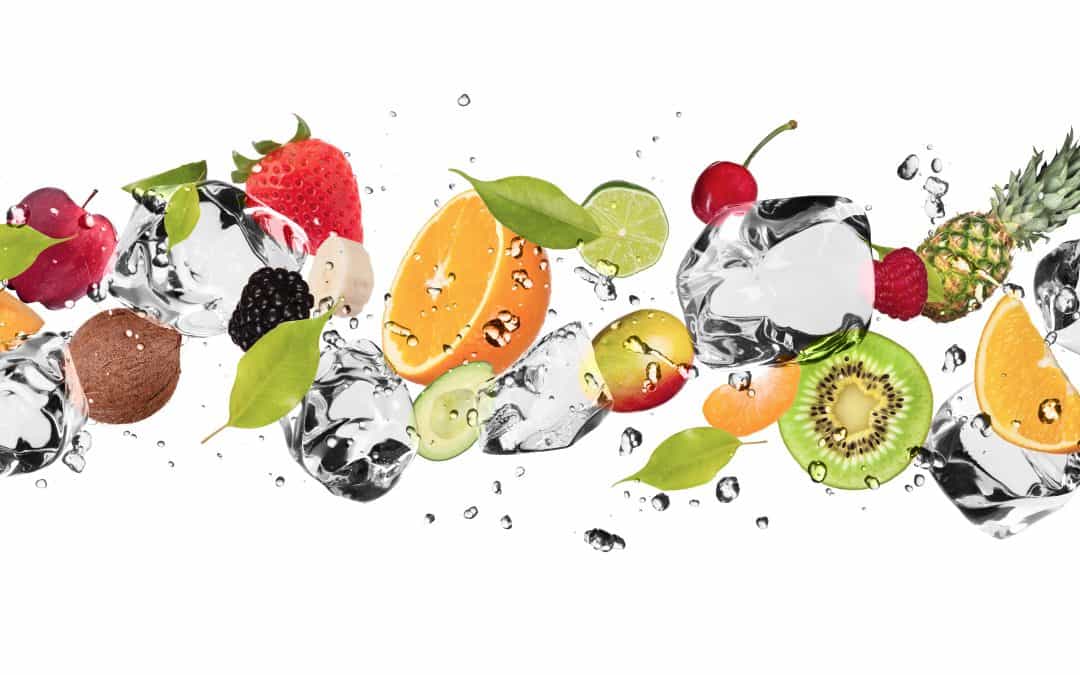
Which Fruits Are Best to Eat? | Q+A
Question:
My doctor alerted me this past week that my blood glucose level is borderline pre-diabetes. I already eat what I consider to be a fairly healthy diet, limiting added sugars as much as possible. My question is, when it comes to eating fruit, which ones are good for me and which are not? I like to have a banana and berries in my steel-cut oats many mornings, and several nights a week I will eat a fruit mix of red grapes and fresh-cut pineapple, honeydew, cantaloupe and watermelon.
-Gary S.
Answer:
All fruits are good for you if you keep portions in check. Chances are that other factors might also be pushing up your blood glucose level. Perhaps your overall carbohydrate volume is high or you’re not getting as much fiber as you think. If you’re over 40 and have a history of being overweight, your sensitivity to insulin could be reduced.
Whatever the reason, it’s good that you’re limiting added sugar. The next step is to spread your complex carbohydrates throughout the day and balance them with lean protein or healthy fat at the same meal. Bumping up your activity will also help to burn any extra fuel consumed. Doing these two things should result in lower overall blood glucose levels.
In regards to fruit specifically, look first at the volume you’re eating. Because fruit is refreshing, light and sweet, it’s easy to eat a large quantity before getting full. Twenty grams of carbohydrate from fruit at a sitting is a good amount to enjoy without overwhelming your system with natural fructose sugar. This serving would be equal to about: 1 C. berries, a small 6” banana, 2 C. melon, a 2.5” diameter apple or pear, ¾ C. grapes, 2 medium plums or kiwi, 1 large orange, or 18 sweet cherries. From your description of multiple fruits consumed at once, I’d suspect your portions are nearly double this amount.
Granted, some fruits are higher in sugar than others. But it’s what you eat with them that will create the overall effect on your blood glucose. A fresh apple with peanut butter will not spike blood sugar as much as the same grams of carbohydrate from canned pineapple by itself. Adding cottage cheese to the pineapple will blunt the rise in blood glucose. Munching on grapes instead of popcorn will peak your blood glucose unless you pair the grapes with something like a couple of hard-cooked eggs.
For a breakdown of various fruits’ sugar content, see our previous article Which Fruits Contain the Most Sugar? More on the subject found here: Is it true that I need to limit my fruit consumption because fruits are high in sugar and carbohydrates?
– Debbie J., MS, RD
This article should not replace any exercise program or restrictions, any dietary supplements or restrictions, or any other medical recommendations from your primary care physician. Before starting any exercise program or diet, make sure it is approved by your doctor.
Want more? SUBSCRIBE to receive the latest Living Healthy articles right in your inbox!


